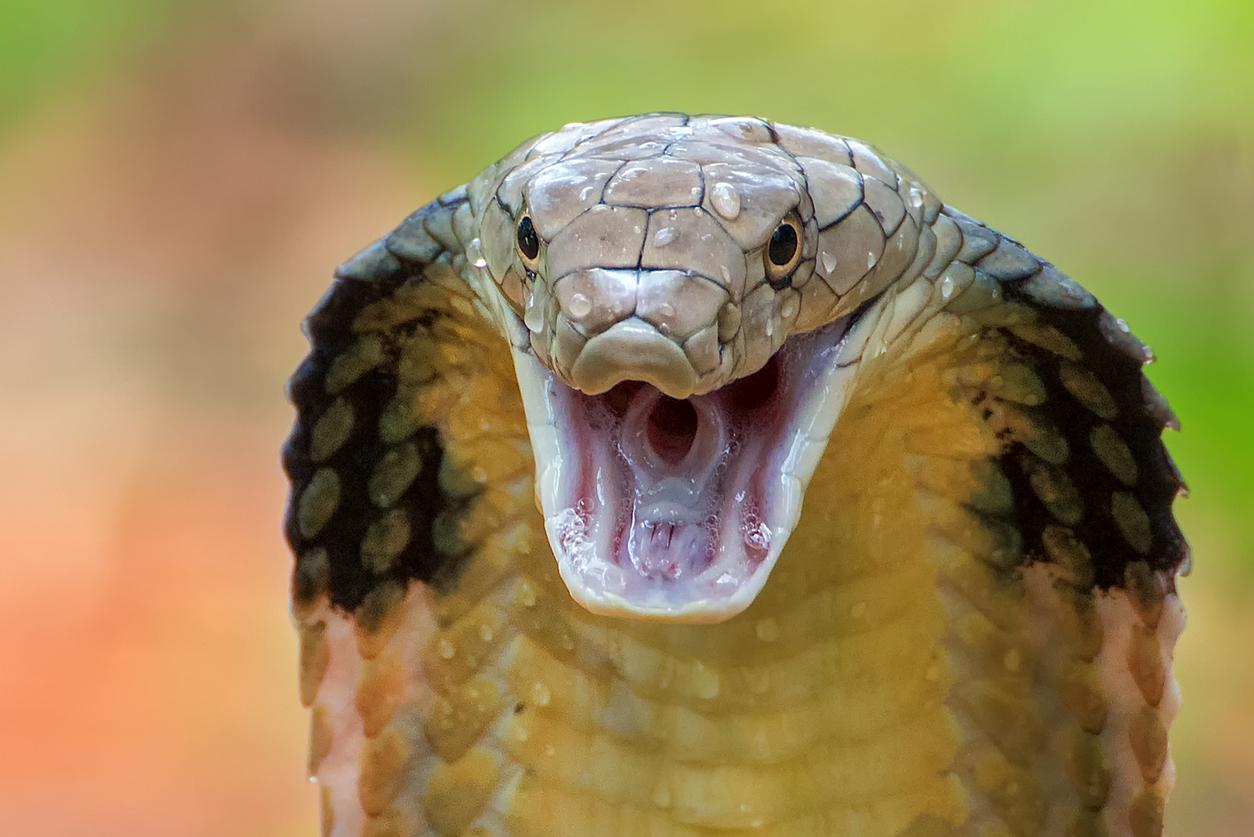American researchers have uncovered the secret of the python’s heart, whose mass and flow rate increase after eating a meal. A path being studied to improve the management of cardiac pathologies in humans.

- Study shows python hearts enlarge 24 hours after devouring massive prey.
- Additionally, his heart tissue softens considerably and the organ contracts more and more forcefully to more than double his pulse.
- Meanwhile, genes kick in to help increase the snake’s metabolism forty-fold.
“Constrictor snakes, especially pythons, can go months or even a year in the wild without eating,” said Leslie Leinwandprofessor of molecular, cellular and developmental biology at the University of Colorado at Boulder (USA). However, after devouring massive prey, the reptiles’ hearts enlarge considerably, their heart rate doubles and their blood turns milky white due to the circulation of fats that nourish the heart tissue instead of damaging it. In a recent study, scientists at the University of Colorado at Boulder (USA) wanted to know how python hearts achieve this adaptive response in the first 24 hours after feeding.
Within 24 hours, the python’s heart becomes less rigid and more energy efficient.
To carry out their work, the team fed pythons that had fasted for 28 days a meal representing 25% of their body weight and compared them to snakes that had not been fed. The results, published in the journal Proceedings of the National Academy of Sciences (PNAS)showed that the hearts of well-fed snakes grew larger. In addition, specialized bundles of heart muscle, called myofibrils, which help the heart expand and contract, softened and contracted with about 50 percent more force.
These reptiles also had “profound epigenetic differences”—that is, differences in which genes were turned on or off—compared to the pythons that had fasted. The authors speculated that some of the genes might be prompting the python’s heart to use and burn fats rather than sugars for fuel. Two weeks later, after the feast had been digested, all systems returned to normal, and the heart remained barely larger and was stronger than before.
Cardiac fibrosis: a future medical feat thanks to the study of pythons?
The researchers say this extraordinary process could inspire new treatments for a common human heart disease called cardiac fibrosis, in which heart tissue becomes stiff, as well as other conditions. More research is needed to identify precisely which genes and metabolites are involved and what role they play.
















